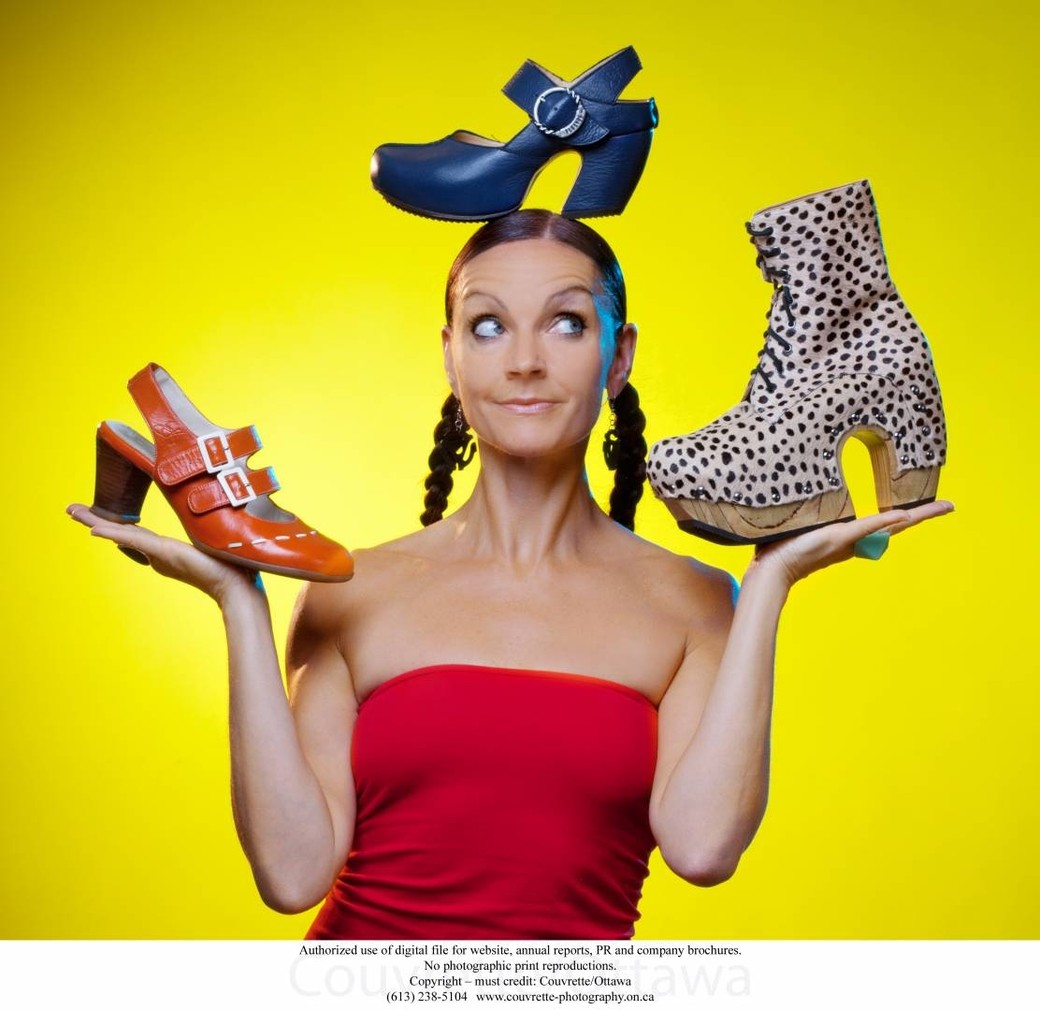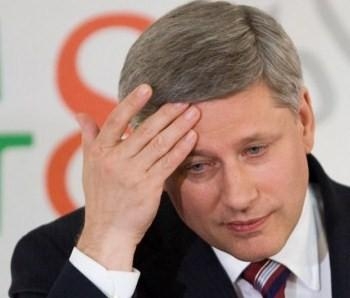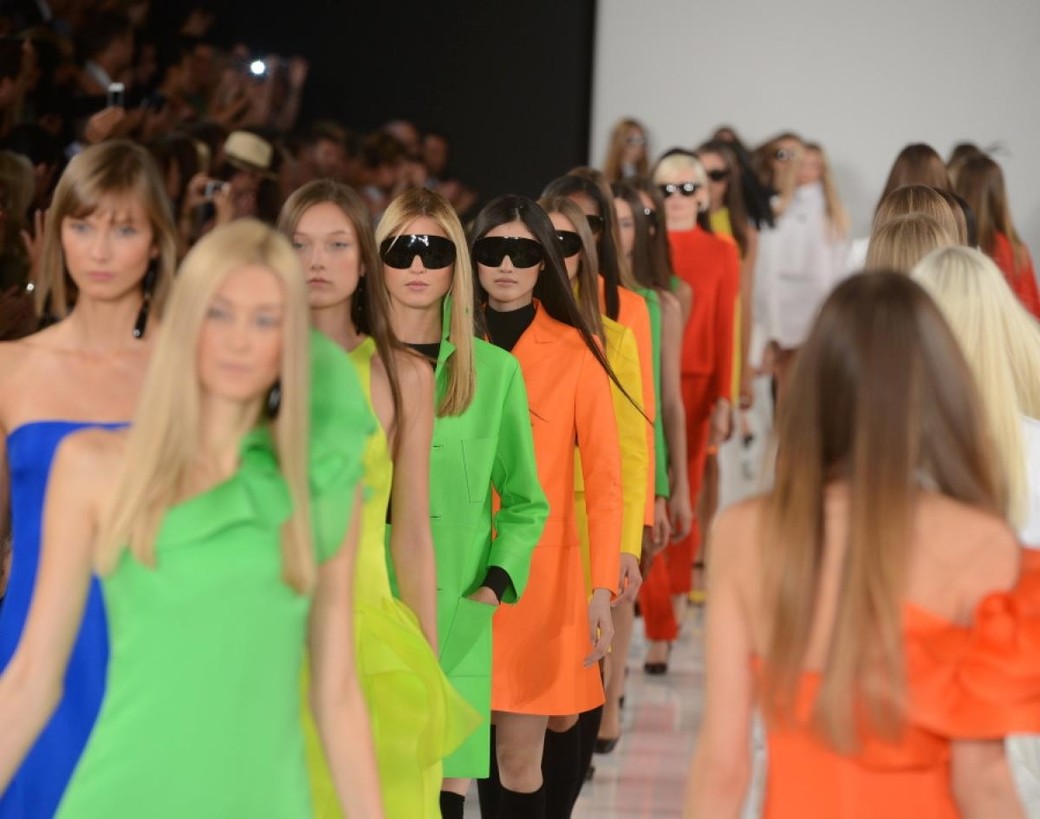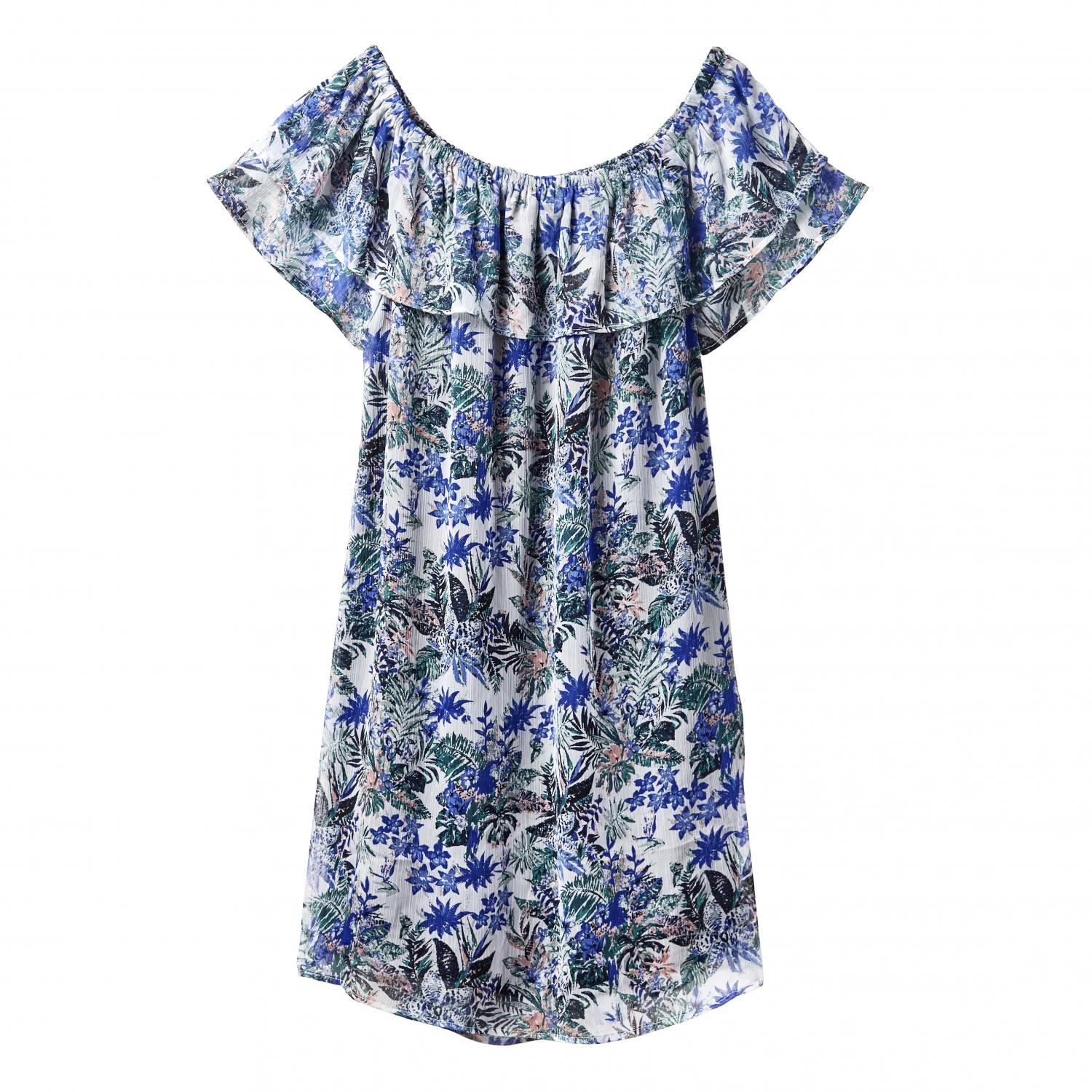
Is This Is What A Feminist Looks Like?
Feminism has been the latest high-fashion trend circulating during this year’s fashion week; t-shirts proclaiming that “We Should All Be Feminists” or “The Future is Female” are empowering tools for fashionistas. They recruit celebrities with “Woke Couture”, proudly sporting their political statement on their graphic tees… priced at $700. Couture history has had a say in gender equality and female empowerment; the renowned Coco Chanel freed women from their restraining and inefficacious clothes and more recently Miuccia Prada’s Spring 2017 collection makes a statement with a political message accessorized with eco-friendly crocs. Fashion remains a form of art through which the public sphere expresses and criticizes the core of our society — through democracy, a fashion democracy.
Karl Lagerfeld transformed the feminine look with a subtle political statement at The Grand Palais reinvented as Boulevard Chanel for Chanel’s Spring and Summer 2015 collection. Familiar faces such as Cara Delevingne, Gisele Bündchen, and Alexa Chung celebrated the feminine aura at the heart of fashion, thereby accentuating the need to recognize gender equality rights. The group staged a feminist protest in the form of a sea of models calling “What do we want?” and responding with “Tweed!” as well as banners titled “Feminist but Feminine”. Quite a freeing act for Lagerfeld and his models to walk down the runway in haute couture fighting for gender equality in a dress priced at $100,000?
In 2014, Elle UK started the #ELLEFEMINISM trend featuring celebrities sporting a “This is what a feminist looks like” graphic grey tee; we’ve seen Benedict Cumberbatch, Tom Hiddleston, Simon Pegg, Joseph Gordon-Levitt, Lena Dunham and the admirable gender equality advocate herself, Emma Watson fighting for equal rights with a grey t-shirt. Although the fashion industry has made a bold political statement regarding feminism, it has also managed to commodify an important subject matter rooted in a patriarchal society, and the name of feminism is being accessorized for capitalistic profit. What the fashion industry fails to address amidst the rise of female empowerment is the gap in solidarity for low-paid, exploited women manufacturing empowering t-shirts clamouring for gender equality en masse; what the fashion industry further overlooks in their message for empowerment is their own patriarchal system of profiteering off the less fortunate.
Fashion feminism does not recognize the need for intersectional feminism and that is to incorporate the rich, the poor, the ethnically different, the LGBTQ+ community, those facing disabilities, and well, mostly everyone with a different body, experience, and story. The fashion democracy is not about empowerment, in fact. It is about feminist empowerment in the name of consumerism. So what does a feminist looks like? Fashion feminism does not require a mould; you shape your history and make it your story. Wear your saree, crop tops, hijab or your pant suit and find your empowerment through your confidence.













